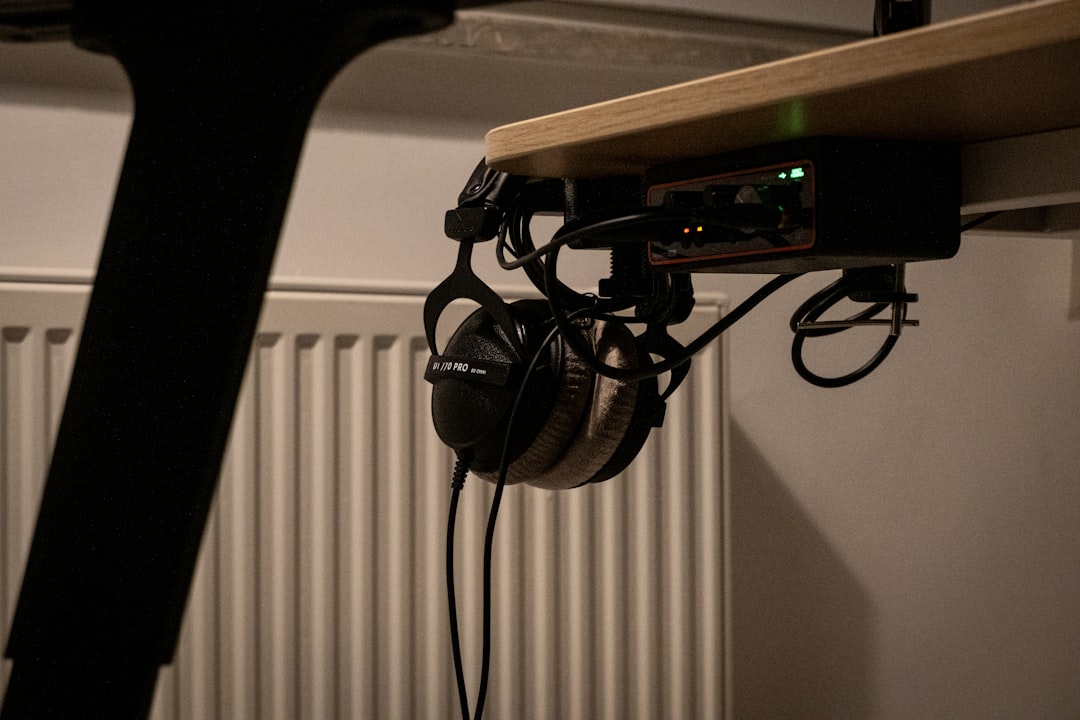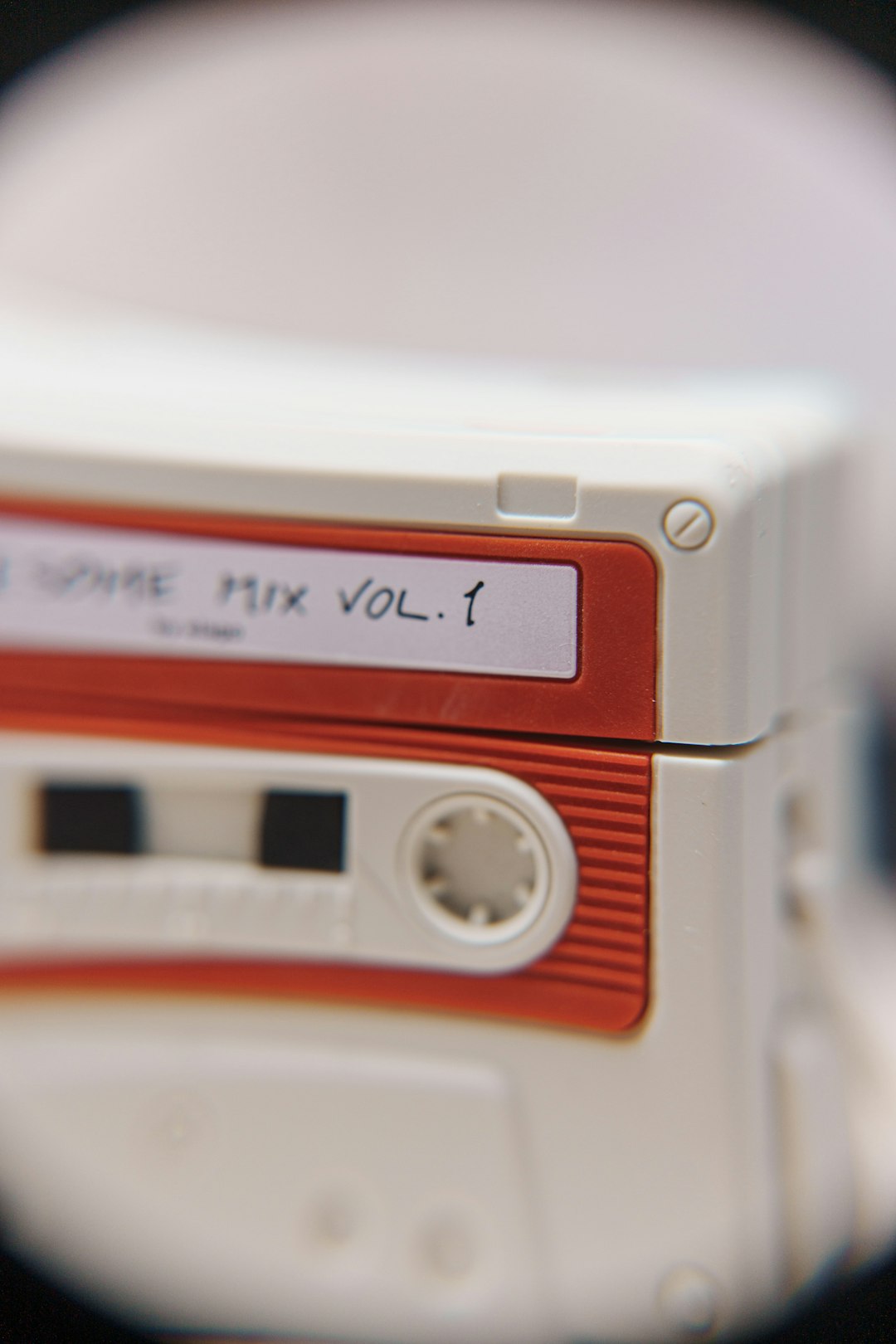Whether you’re a music enthusiast, a podcast producer, or someone working in broadcast media, understanding an audio file’s bitrate is crucial. Bitrate has a significant impact on audio quality and file size. While the concept might sound technical, finding the bitrate of an audio file doesn’t have to be complicated. With the right tools and knowledge, you can easily uncover this vital piece of information, enabling you to make informed decisions about sound quality, storage requirements, or file sharing protocols.
Contents
What Is Bitrate?
Bitrate refers to the amount of data processed per unit of time in an audio file, commonly measured in kilobits per second (kbps). The higher the bitrate, the better the audio quality, but at the cost of increased file size. For example:
- 128 kbps: Standard quality, often used for streaming and portable devices.
- 256-320 kbps: High-quality audio, suitable for music playback over larger sound systems.
- Lossless (e.g., FLAC at 1000 kbps and beyond): Studio-grade audio ideal for archiving and professional use.
Knowing the bitrate can help you determine if an audio file meets your needs, whether you’re editing a podcast or creating a video project with background music.
Why Bitrate Matters
Bitrate isn’t just a number—it’s a direct indicator of how much audio data is stored per second of playback. Here’s why it matters:
- Audio Quality: Higher bitrates preserve more nuances of sound, delivering a richer listening experience.
- File Size: Bitrate directly impacts how large the audio file will be. A one-minute file at 320 kbps is more than twice as large as the same file at 128 kbps.
- Compatibility: Some platforms and devices require audio files to meet specific bitrate thresholds.
If you’re producing or working with audio files in a professional setting, reliably determining bitrate is essential to maintaining consistency and quality across your projects.
Methods to Easily Find Audio Bitrate
Now that you understand what bitrate is and why it’s important, let us walk through some foolproof ways to find the bitrate of audio files quickly and accurately.
1. Checking File Properties (Windows)
The easiest way for Windows users to check an audio file’s bitrate is through the built-in Properties panel:
- Right-click the audio file and select Properties.
- Go to the Details tab.
- Look for the Bit rate entry under Audio.
This method works with most common file types such as MP3, WAV, and WMA. It’s simple, fast, and doesn’t require additional software.
2. Using Finder and QuickTime (MacOS)
Mac users can also find bitrate information using native tools:
- Right-click the audio file in Finder and select Get Info.
- In the Info window, locate the section titled More Info or Details.
- The bitrate should be visible along with sample rate and duration.
Alternatively, opening the file in QuickTime Player also shows more in-depth data such as codec, sample rate, and bitrate.
3. VLC Media Player
VLC is a powerful, open-source media player that can display technical details for virtually any media file:
- Open your audio file in VLC Media Player.
- Click on Tools in the menu bar, then select Media Information.
- Navigate to the Codec tab to view the audio bitrate.
VLC is cross-platform, making it a great tool whether you’re on Windows, Mac, or Linux.

4. Online Bitrate Checkers
Several websites offer simple interfaces where you upload an audio file and instantly see its technical specs, including bitrate. Some reputable services include:
Keep in mind the need for privacy if the audio files contain sensitive information. Avoid uploading such files to online tools unless you’re sure of their data handling policies.
5. Using Media Players with Metadata Display
Many advanced media players and DAWs (Digital Audio Workstations) allow users to view detailed audio statistics:
- Foobar2000: A customizable audio player for Windows that displays real-time bitrate.
- iTunes: Right-click the file and select Song Info; the bitrate appears under File tab.
- AIMP: Similar to Foobar2000, AIMP provides codec, bitrate, and channel info.
Such tools are efficient for those frequently working with large music libraries or curating playlists across varying quality levels.
6. Command Line Tools
For users comfortable with command-line environments, there are utilities that can provide precise technical data:
- FFmpeg: A powerful tool that can reveal bitrate and convert files. Use the command:
ffmpeg -i your_audio_file.mp3 - MediaInfo CLI: Offers detailed file information accessible via terminal or shell.
This approach is ideal for bulk processing, scripting, or integrating bitrate checks into automated workflows.
Common Bitrate Values for Popular Formats
Below is a helpful table outlining common bitrate ranges you’ll find based on audio format:
| Format | Typical Bitrate Range | Common Use |
|---|---|---|
| MP3 | 96 – 320 kbps | Music, Podcasts |
| WAV | 1411 kbps (CD quality) | Professional Audio, Archiving |
| AAC | 128 – 256 kbps | iTunes, YouTube |
| FLAC | 700 – 1000+ kbps | High-Resolution Audio |
Understanding your format helps estimate its expected bitrate and detect anomalies—for example, a 320 kbps MP3 labeled as “FLAC” might indicate a mislabeled or upscaled file.

Tips for Ensuring Consistent Audio Quality
When working with audio files across platforms or editing sessions, consistency in bitrate ensures a uniform quality output. Consider the following tips:
- Always check the source bitrate: Working with low-bitrate audio and exporting it at a higher bitrate does not improve quality.
- Standardize your recording settings: Use consistent bitrate and sample rate settings when capturing audio.
- Avoid repeated conversions: Multiple transcode operations can degrade quality. Stick to lossless formats when editing and master down to smaller formats only at the end.
Conclusion
Identifying an audio file’s bitrate is a foundational skill for anyone who handles media content. Whether you’re a casual listener trying to build the highest-quality music library or a professional editor working across platforms, the methods shared above will help you gather this information quickly and accurately.
From right-clicking on your desktop to using sophisticated tools like FFmpeg or VLC, there’s a method available for every skill level and operating system. By routinely checking your audio files’ bitrate, you not only ensure quality but also gain better control over storage, compatibility, and overall user experience.
<p

